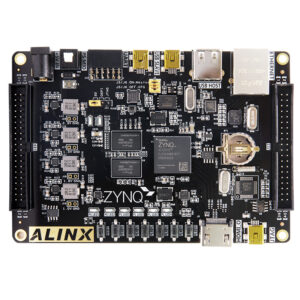Digital coding of speech for transmission or storage clearly has advantages over traditional analog methods. In digital data communication, information is transmitted or recorded as a series of binary digits. My goal in this blog post is to show how Delta Modulator can be implemented in simple manner. In particular, I’m trying to show how to implement Continuously Variable Slope Delta in GNU Radio. Delta modulation enjoys some particular advantages over other analog-to-digital modulation techniques, which can be summarized as lower noise (disruption) in transmitted data, lower bandwidth consumption, cost-effective operations, and data delivery acknowledgement.
Digital coding of speech for transmission or storage clearly has advantages over traditional analog methods. In digital data communication or storage systems, information is transmitted or recorded as a series of binary digits—the receiver or player must only distinguish between a one and zero to exactly recover the original information.
Now it’s time to look on Continuously Variable Slope Delta (CVSD) modulation
Delta modulation (DM or Δ-modulation) is an analog-to-digital and digital-to-analog signal conversion technique used for transmission of voice information where quality is not of primary importance.
 Continuously variable slope delta modulation (CVSD or CVSDM) is a voice coding method. It is a delta modulation with variable step size.
Continuously variable slope delta modulation (CVSD or CVSDM) is a voice coding method. It is a delta modulation with variable step size.
Delta modulation was used by Satellite Business Systems or SBS for its voice ports to provide long-distance phone service to large domestic corporations with a significant inter-corporation communications need (such as IBM).
To learn more about Continuously Variable Slope Delta (CVSD) modulation in GNU Radio companion, please click on the link for the application note below,
http://www.tenettech.com/product/7018/delta-modulation-using-gnu-radio





